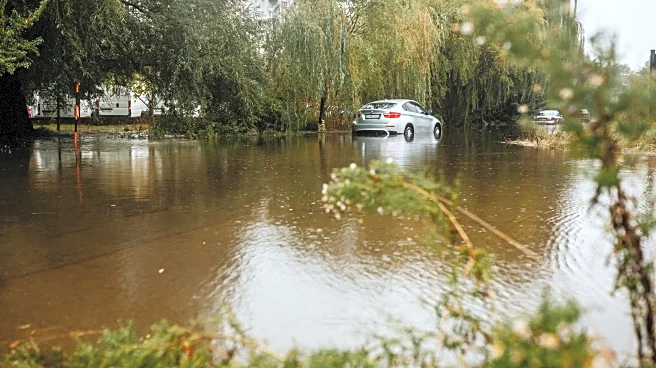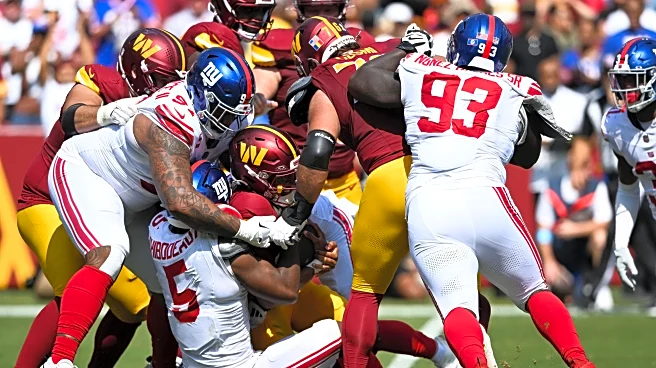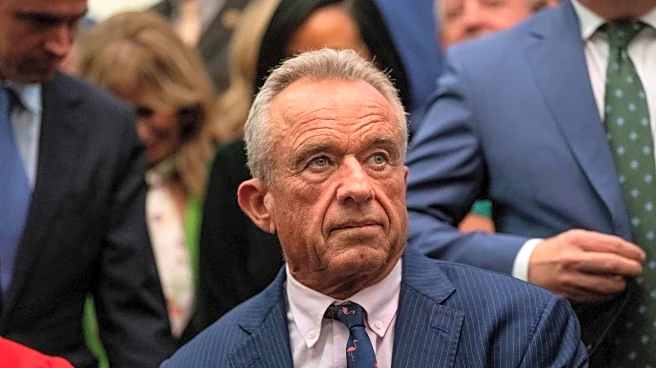What's Happening?
The latest STR report highlights a marginal increase in U.S. hotel RevPAR (Revenue Per Available Room) by 0.2% after a three-week slump. This slight improvement was driven by a 1.0% increase in Average Daily Rate (ADR), despite a 0.5 percentage point drop in occupancy rates. The report notes that Houston and Las Vegas continue to negatively impact the national average, with both cities experiencing significant declines. Excluding these markets, RevPAR saw a 1.0% increase. Other major markets like Denver and Washington D.C. also reported double-digit declines, marking four consecutive weeks of downturns. Conversely, New York City, Orlando, and Chicago showed positive RevPAR growth, largely due to high ADR and events such as the U.S. Open Tennis tournament and concerts. The report also reflects on the summer season, which was sluggish with flat ADR and decreased room demand, affecting all hotel classes except luxury.
Why It's Important?
The performance of the U.S. hotel industry is a critical indicator of broader economic trends, particularly in the travel and tourism sectors. The continued decline in major markets like Houston and Las Vegas suggests ongoing challenges in attracting visitors, which could impact local economies reliant on tourism. The slight RevPAR increase, driven by ADR, indicates that while hotels are managing to maintain pricing, occupancy remains a concern. This trend could affect employment in the hospitality industry and influence investment decisions in the sector. The positive performance in cities like New York, Orlando, and Chicago highlights the importance of events and tourism in driving hotel demand, suggesting that strategic event planning could be key to recovery.
What's Next?
Looking ahead, the report anticipates continued soft performance in the coming weeks, with potential improvement as conference season begins. The shift in the Rosh Hashana and Yom Kippur holidays may affect occupancy rates temporarily. Markets hosting major events, such as Taylor Swift's ERAS Tour, are expected to face challenging comparisons to previous years. Additionally, the impact of past hurricanes in southeastern states could create difficult conditions for recovery. The industry will need to navigate these challenges while capitalizing on opportunities presented by upcoming events and holiday shifts.
Beyond the Headlines
The report underscores the broader implications of fluctuating hotel performance on urban planning and infrastructure development. Cities experiencing declines may need to reassess their tourism strategies and consider investments in attractions or events that can draw visitors. The reliance on ADR to boost RevPAR suggests a potential shift towards premium pricing strategies, which could affect consumer behavior and accessibility. Furthermore, the global context of strong hotel performance outside the U.S. highlights competitive pressures and the need for U.S. markets to innovate and adapt to changing travel patterns.















